How to Write a Good Cover Letter Template
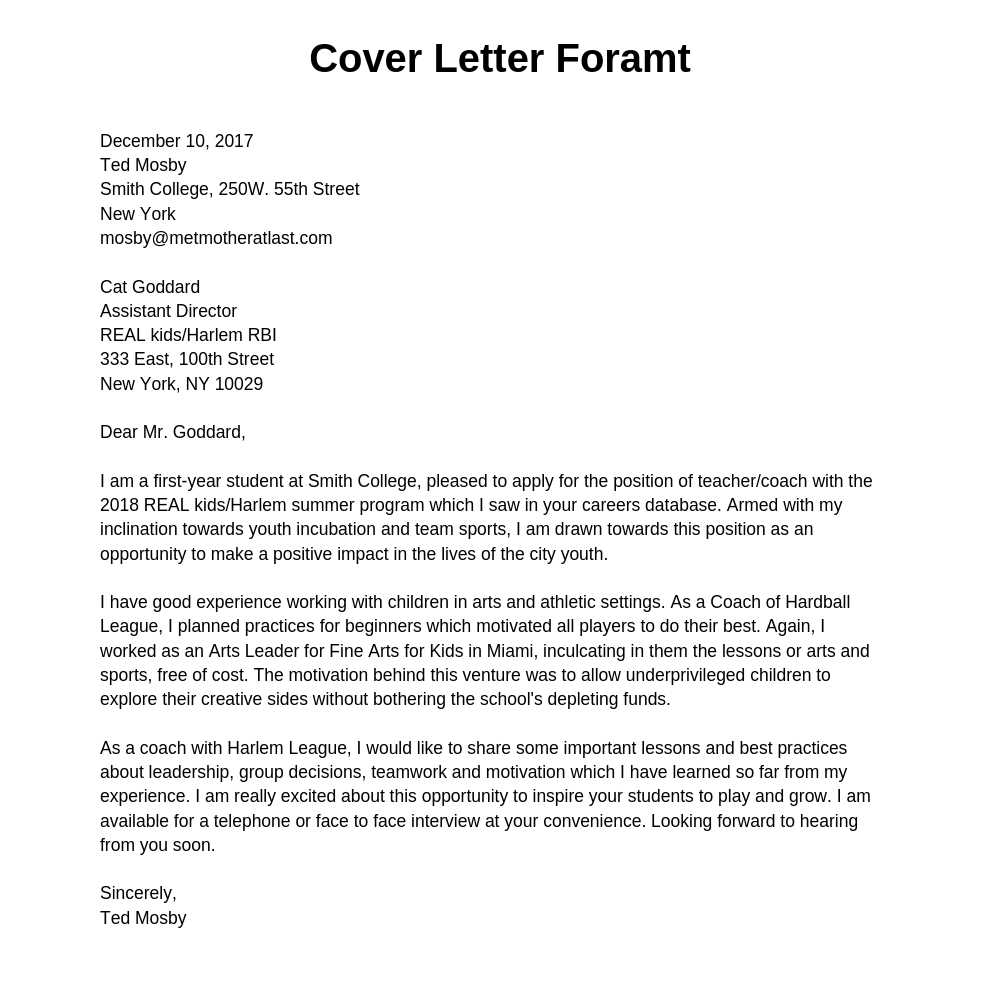
Crafting a powerful job application communication is a key step in standing out to potential employers. This document serves as an introduction to your skills, qualifications, and suitability for the position you’re applying for. A well-structured and thoughtful composition can significantly enhance your chances of making a positive impression. Below, we explore the main components and tips for creating a compelling document.
Essential Elements to Include
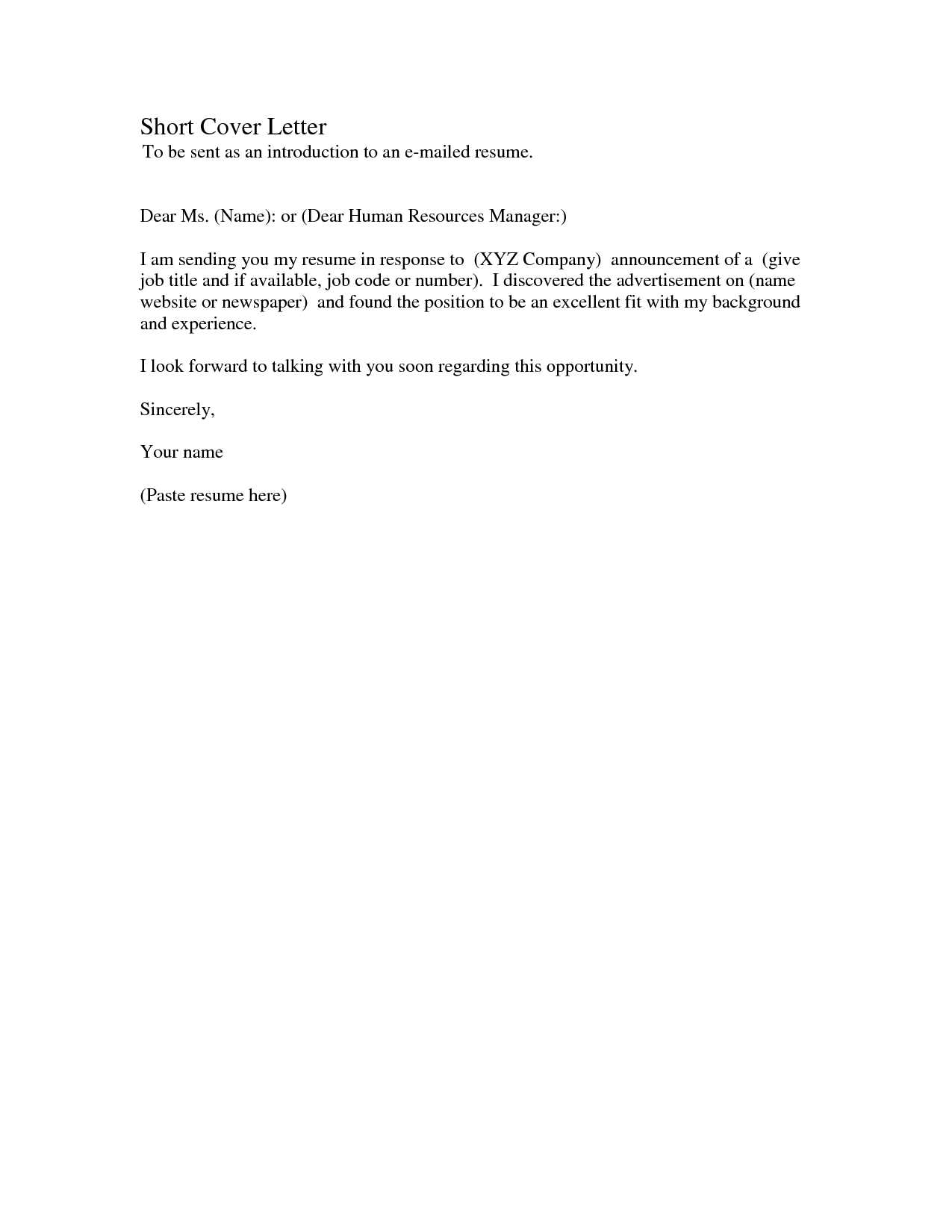
There are several core aspects that every successful document should contain. These elements not only convey your experience but also demonstrate your professionalism and enthusiasm.
- Introduction – Begin by introducing yourself and stating the role you’re applying for. Be clear and concise.
- Skills and Qualifications – Highlight the relevant abilities and experiences that align with the job requirements.
- Motivation – Express why you’re interested in the position and the company, showing that you’ve researched the employer’s values and needs.
- Closing Remarks – Politely express your eagerness for an interview and thank them for considering your application.
Personalizing Your Content
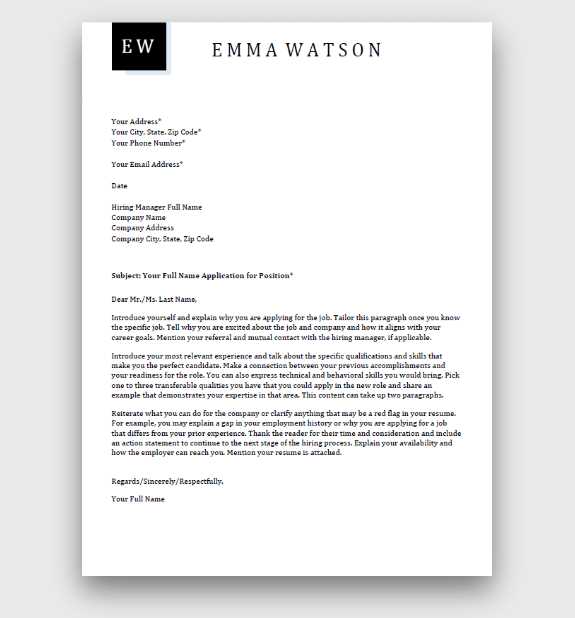
To stand out from other applicants, it’s essential to customize your content. Generic approaches rarely make a strong impact. Here are some strategies for making your communication unique:
- Research the Company – Tailor your language to reflect the company’s values and culture.
- Highlight Relevant Achievements – Share specific examples of your successes that demonstrate how you can contribute to the organization’s goals.
- Match Tone to the Industry – Adjust your writing style depending on whether the industry is formal or casual.
Avoiding Common Mistakes
Even minor mistakes can detract from your application. Here are some frequent issues to avoid:
- Spelling and Grammar Errors – Always proofread your document to ensure it is error-free.
- Being Too Generic – Avoid using the same phrases for every application. Make it personal and specific.
- Overloading with Information – Keep your writing clear and to the point; focus on the most relevant details.
Formatting and Layout Tips
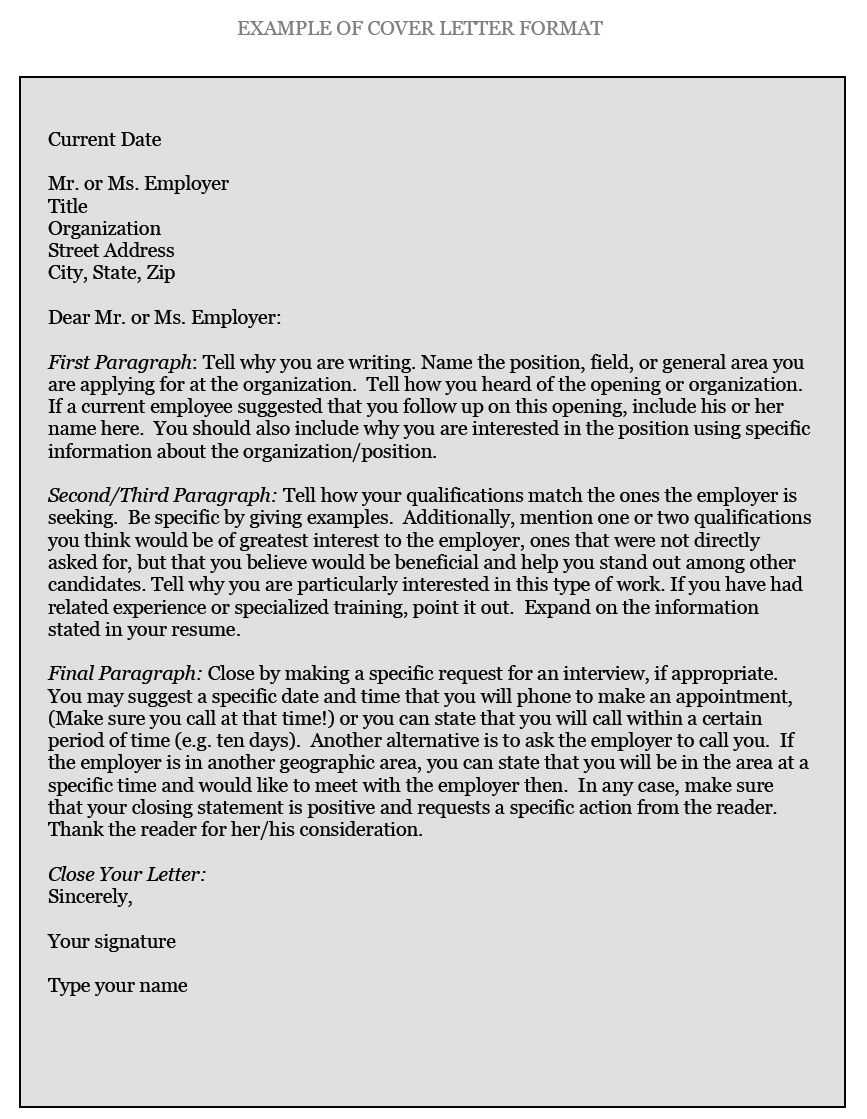
The way your document looks is just as important as its content. Proper structure enhances readability and professionalism.
- Use a Clear Structure – Use paragraphs effectively to separate each idea. Keep the layout clean.
- Keep It Concise – Limit the length to one page. Employers often have limited time to review applications.
- Professional Font and Spacing – Use a readable font and appropriate spacing to make the content easy on the eyes.
By focusing on these key aspects, you can create a strong and compelling application communication that resonates with potential employers and highlights your suitability for the role.
Creating an Impactful Application Document
Establishing a solid format for your job application communication is essential to making a strong first impression. A well-organized structure will guide the reader through your qualifications, experience, and enthusiasm for the role. By following a clear and professional structure, you can enhance your chances of catching the attention of hiring managers.
Key Aspects to Include
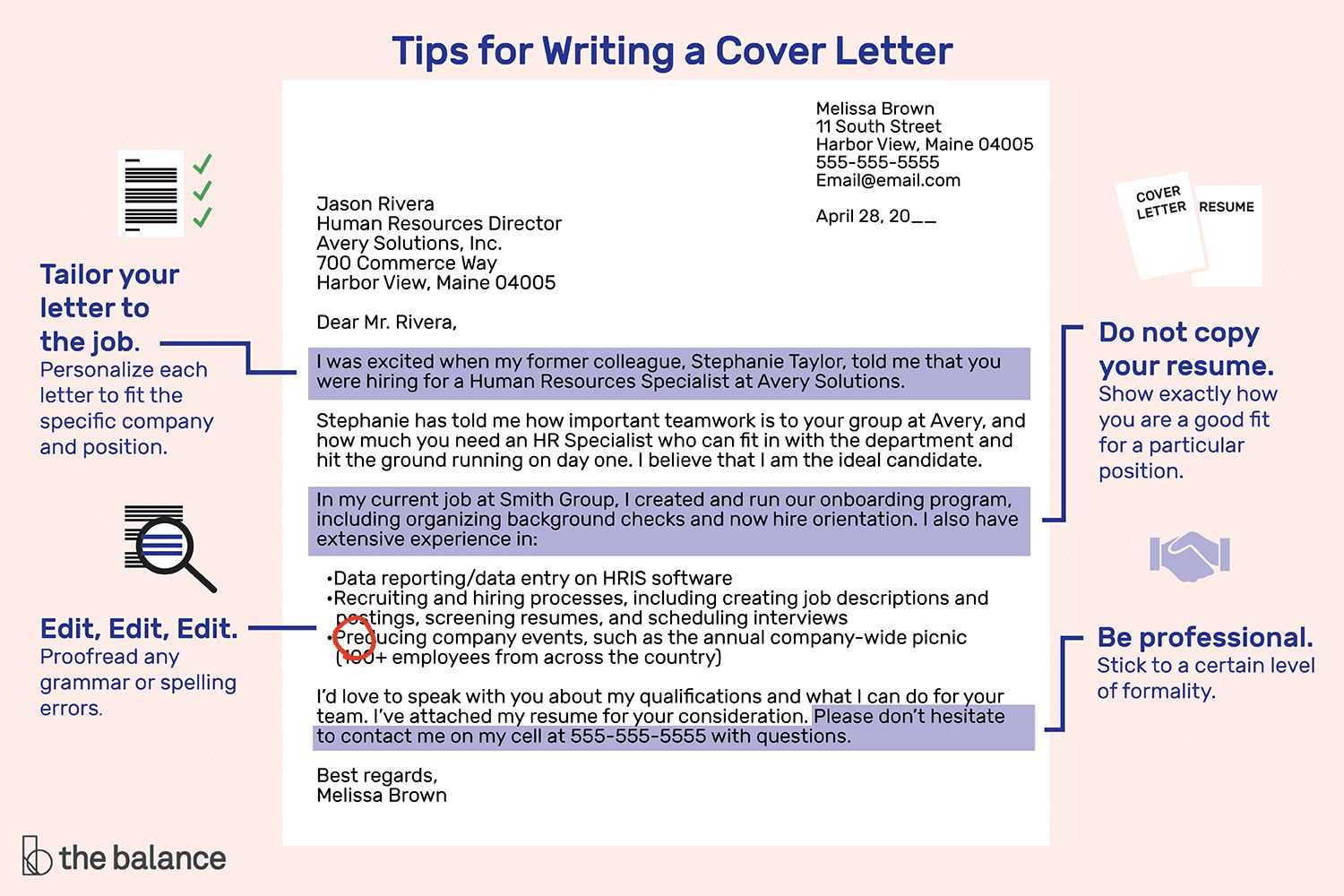
There are several crucial components that should appear in any successful application message. These elements provide clarity and demonstrate your suitability for the role.
- Introduction – Start by introducing yourself and stating the position you are applying for.
- Relevant Skills and Experiences – Highlight your key qualifications that match the job description.
- Motivation for Applying – Express why you are excited about this opportunity and how you align with the company’s mission.
- Conclusion – Politely close with a call to action, inviting the reader to contact you for an interview.
Personalizing Your Content
To make your application stand out, ensure that it is tailored to the specific job and employer. Personalizing the content shows that you’ve put effort into understanding the company’s needs and culture.
- Customize Each Submission – Avoid using generic phrases. Adjust the tone and details for each application.
- Showcase Relevant Achievements – Provide specific examples of your accomplishments that align with the employer’s needs.
- Match the Industry Tone – Adapt the language to fit the formal or casual nature of the industry you’re applying to.
By incorporating these essential elements and personalizing your message, you can create a compelling communication that increases your chances of getting noticed by employers. A professional format, coupled with clear and relevant content, will position you as a strong candidate for any role.